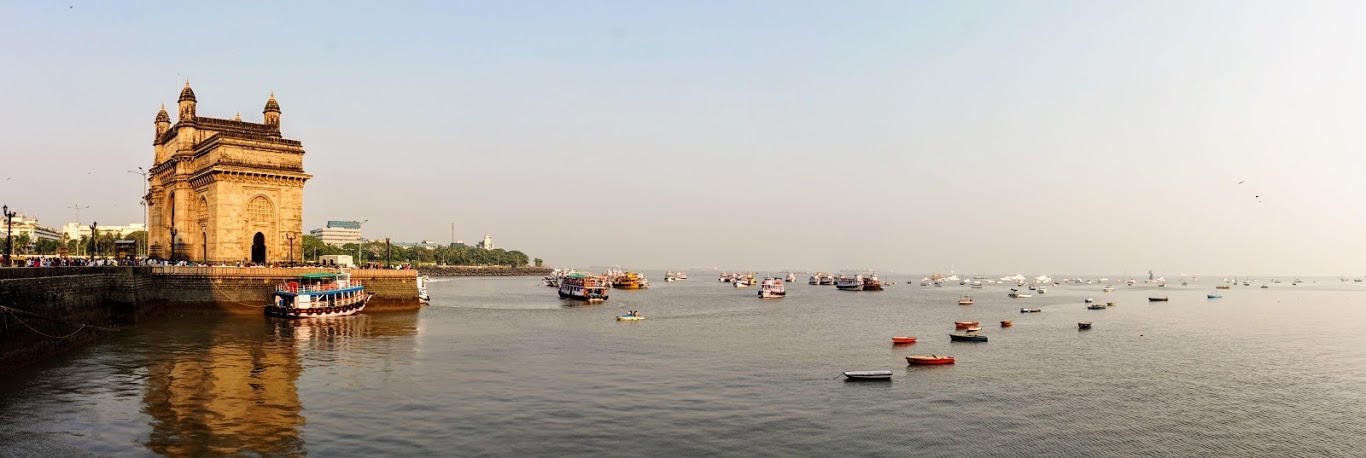After three months in the cultural familiarity of Europe, we were excited to start our journey in India. We were going to be meeting friends in Thailand at the end of November so we only had time for India’s 30 day e-visa. To be honest, the only thing we knew we needed to see was the Taj Mahal; the rest of our plan was to ask around for recommendations and go where the wind blew us.
From talking with other travelers, it sounds like everyone’s point of entry to India is a special place for them. Whatever city it might be, your jaw drops at how different everything is. Our experience was no exception. Mumbai still boggles our minds! It has some of the most absurd traffic we have ever seen. We spent most of our time in cabs just trying to get around the huge city. Although they were long, these were some of the most fascinating cab rides ever.
Let’s talk about the traffic for a second. We thought we had seen some crazy driving before, but it is worse in India - way worse. One local told us that everyone only focuses on what is in front of them, never behind. You can see how this plays out in traffic patterns and car horns. For example, when we change lanes, we put on a turn signal, check our mirrors and look back to make sure the way is clear, and then move over. If we fail to execute this properly, someone will honk to indicate that we are doing something dangerous. In India, you just honk and go. People behind you will put on the brakes if necessary. When you are about to pass someone, you honk to let them know you are there. When have you finished passing, you might honk to say thanks. You honk behind someone to ask them to move over. You honk at an intersection to let pedestrians know you are coming through. You honk at any animals sleeping in the road so they get out of the way. Honking is literally non-stop, but almost never in anger.
Some other interesting things:
- Don’t confuse the lines on the road and street lights for rules and regulations - they are purely for decoration.
- There might be three “lanes” painted on the road, but there will be at least five cars across - not to mention the motorcycles, tuk tuks, and pedestrians filling in the gaps.
- Driving the wrong way is normal. Oncoming traffic will flow around you.
- As a pedestrian, crossing the street is an exercise in faith. We used the local-as-a-body-shield technique until we went pro.
All of it was fascinating, appalling, and above all hilariously inefficient. A two mile drive could take over 45 minutes!
Apart from observing traffic through the cab window, we were also able to see many different areas of the city. We passed so many crazy things. Villages - complete with storefronts and houses - all built from trash. Literally hundreds of high rise buildings in progress. Canals completely clogged with garbage. We only ventured out to a few tourist attractions as we quickly learned the journey was always far more interesting than the destination. One such example was the Gateway of India across from the famous Taj Mahal Palace Hotel.
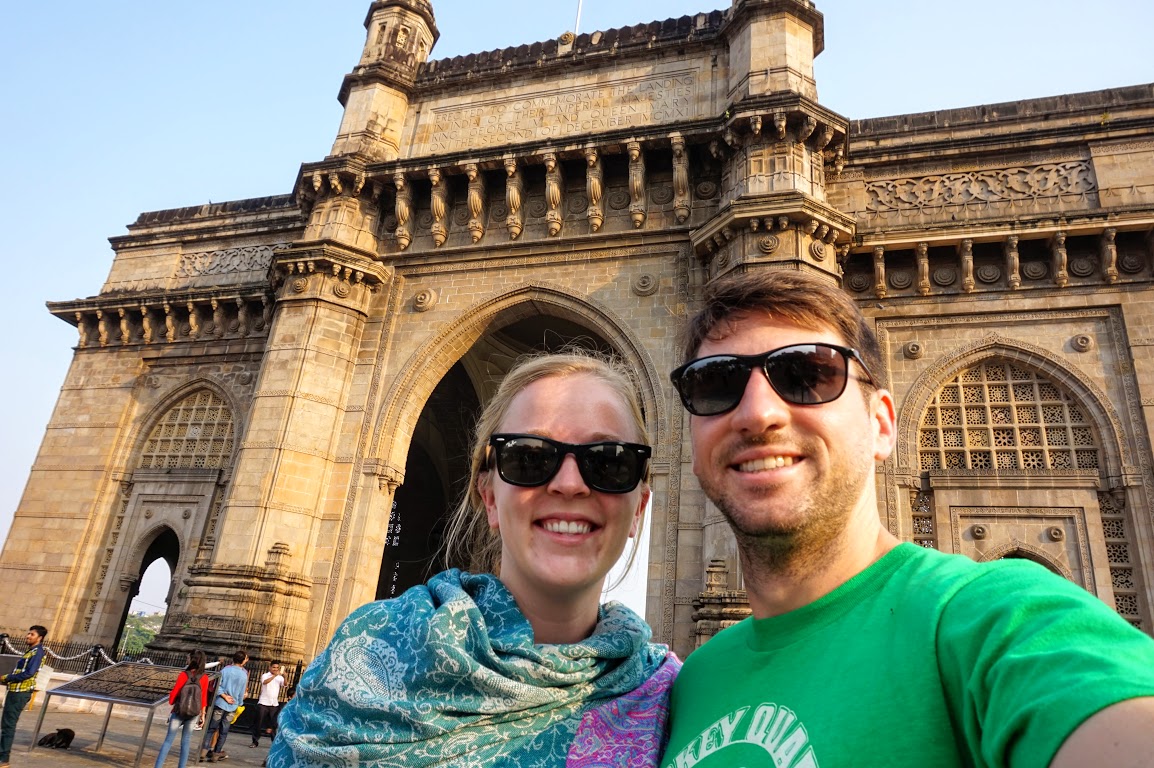
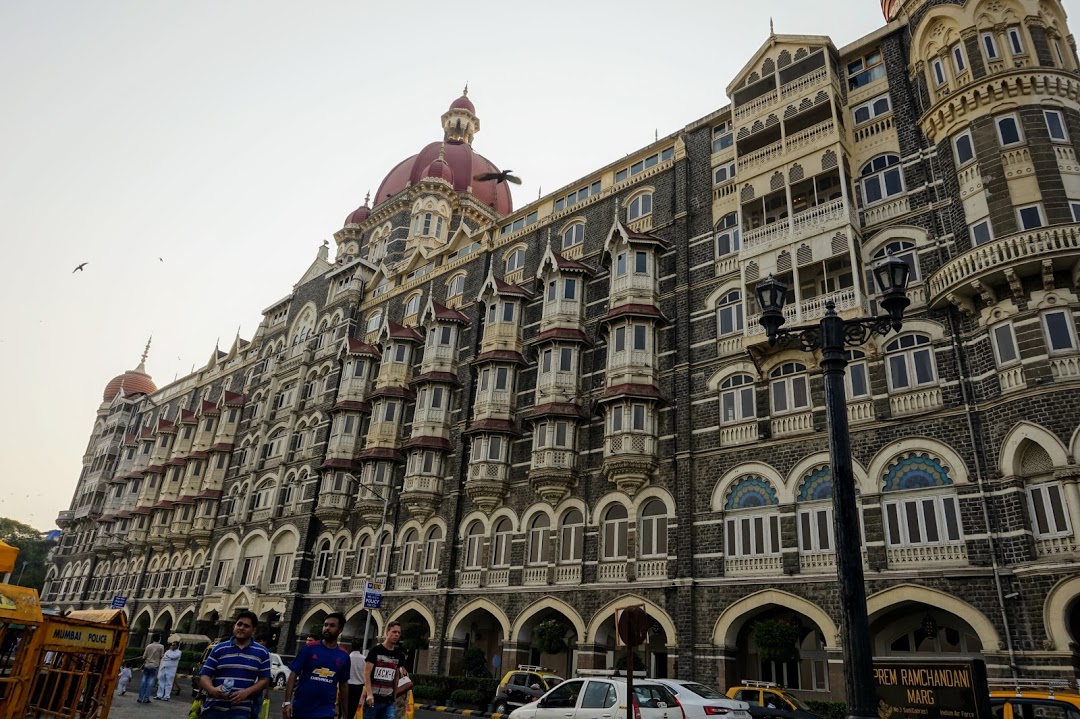
These were both mildly interesting, but on our walk back home, a local named Amar struck up a conversation with us asking where we were from, what our plans were, etc. Hoping to practice his English, he invited us out for some chai. We spent the next few hours with him learning a few key Hindi phrases, where to shop in the markets for reasonable prices, and what his favorite spots in India are.
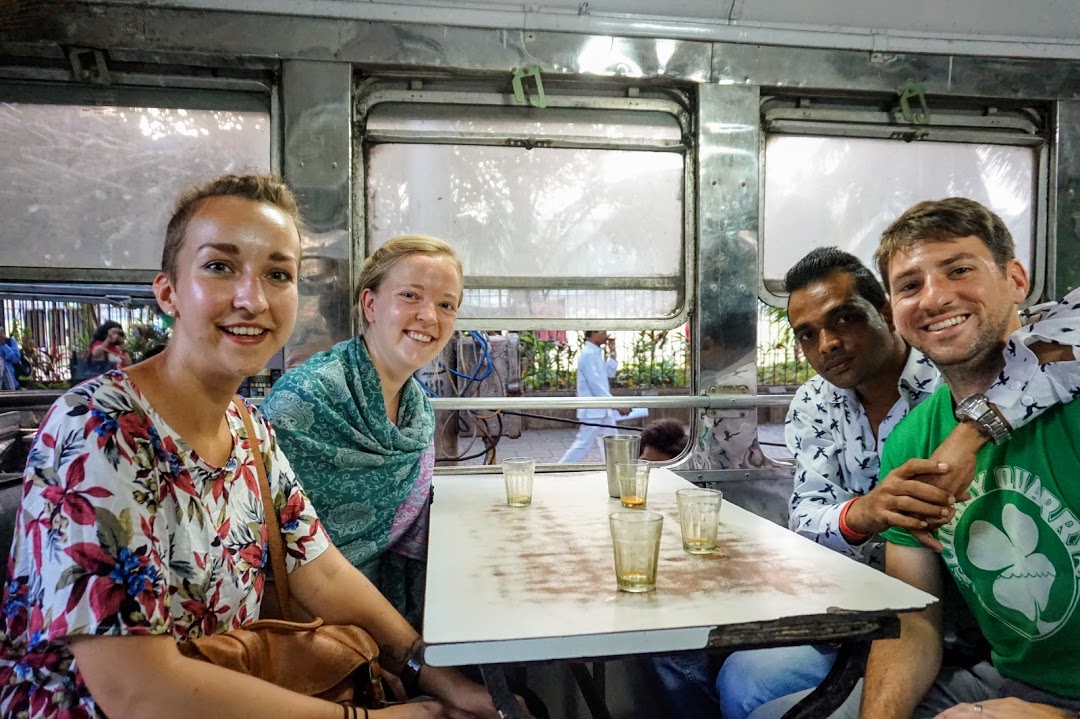
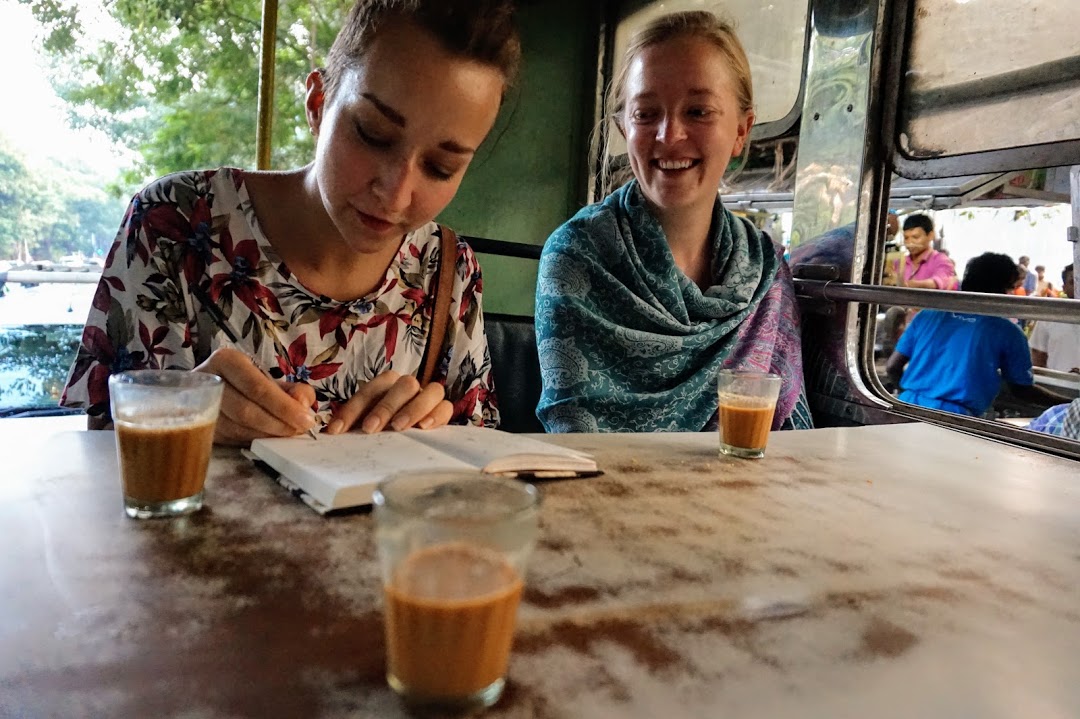

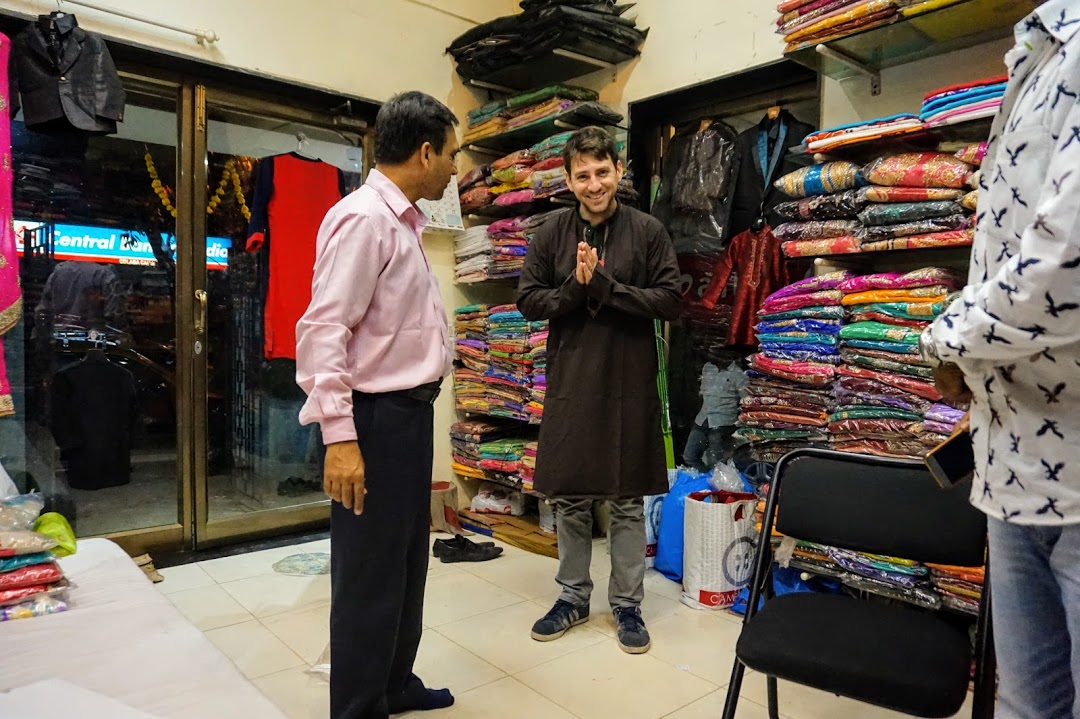

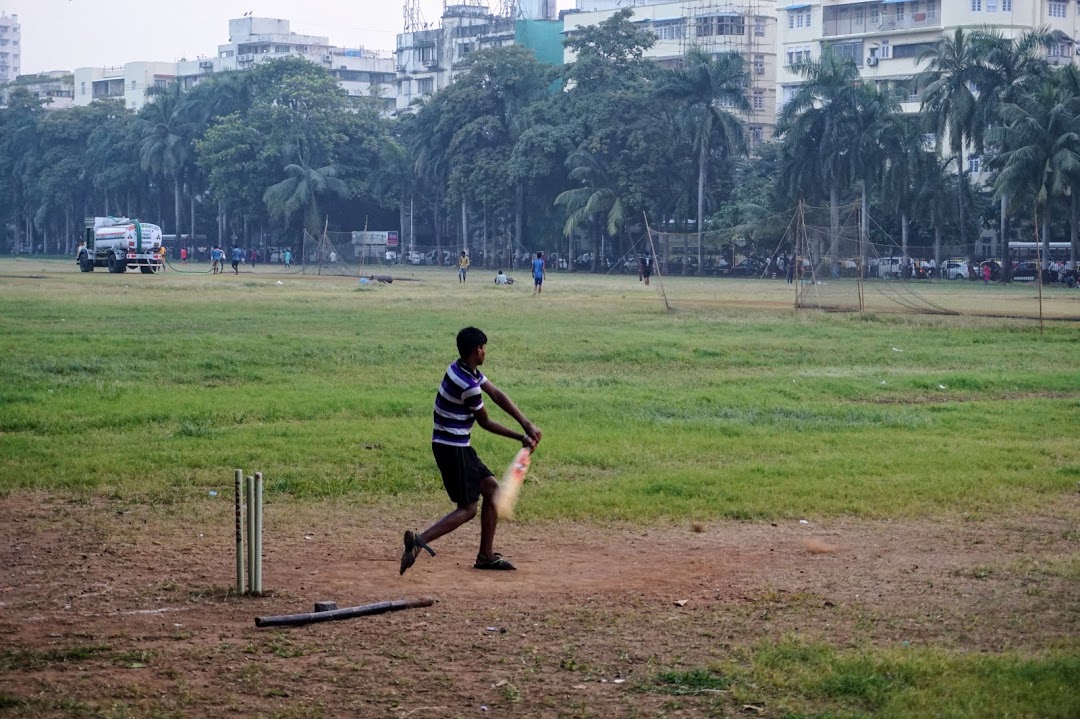
After a few days in this crazy and bustling city, it was time for us to move on. Between visits to tourist information centers and gathering intel from other travelers, we heard over and over that northern India would be less crowded and better weather this time of year so we decided to head into Rajasthan. Next stop: Udaipur!
